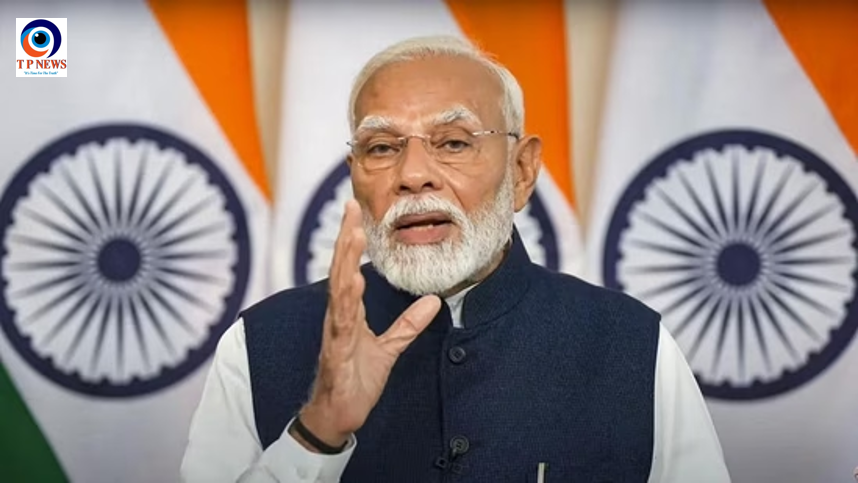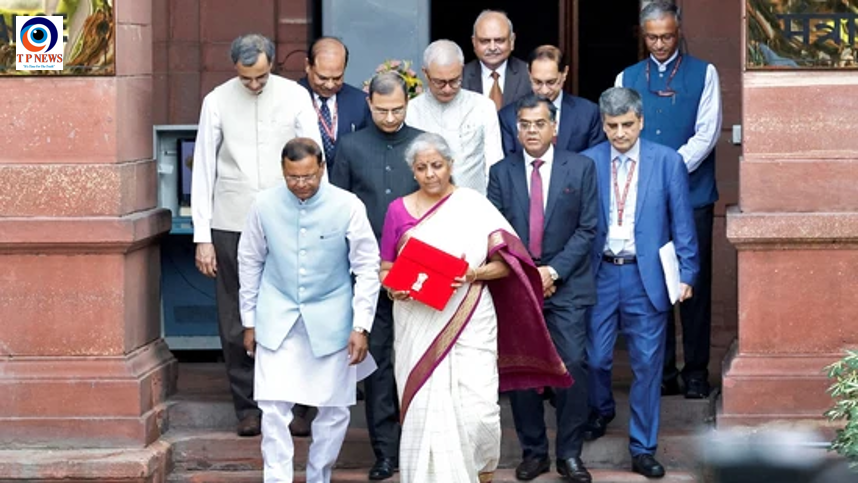At just 24, Julian Alvarez is on the cusp of achieving something extraordinary in the world of football. The Argentine forward has a golden opportunity at the Paris 2024 Olympics to complete his already impressive collection of accolades.
Just a couple of years ago, Alvarez was part of Argentina’s squad that triumphed at the 2022 World Cup in Qatar. This victory was swiftly followed by a historic season with Manchester City, where he helped secure a treble – the Premier League, FA Cup, and UEFA Champions League. This made him the first player to win a World Cup and a domestic treble in the same season. His trophy cabinet also includes a Copa America and a Finalissima title, leaving him with only one major title missing: Olympic gold.
Argentina’s Olympic Journey
Argentina has a storied history at the Olympics, having won gold twice before, in Athens 2004 and Beijing 2008. Leading the team at Paris 2024 is Javier Mascherano, himself a two-time gold medalist. Despite this rich legacy, their current campaign began with a dramatic and controversial loss to Morocco. After a lengthy stoppage time goal was disallowed, Morocco secured a 2-1 victory in a tumultuous match.
The Path Forward
Following the setback, Argentina faced Iraq in what was essentially a must-win match to keep their knockout stage hopes alive. Julian Alvarez played a crucial role, providing two assists in a commanding 3-1 victory. His leadership and performance were instrumental in the win, setting the stage for Argentina to potentially advance further in the tournament.
The Final Piece of the Puzzle
For Alvarez, an Olympic gold would be the ultimate crowning achievement, completing an already stellar career. While domestic trophies are always significant, the unique prestige of a treble, combined with every major international accolade, sets him apart. Winning Olympic gold would not only be a personal triumph but also a historic moment for Argentine football.
A win against Ukraine on July 30 would secure Argentina’s spot in the knockout stages, bringing Alvarez one step closer to this elusive goal. Should Argentina continue their campaign successfully, Alvarez could soon lay claim to having won it all in football.
In a world where young talents often take years to reach such heights, Julian Alvarez stands on the brink of football immortality, with just one more victory needed to complete his remarkable journey.












